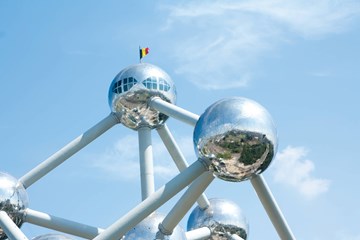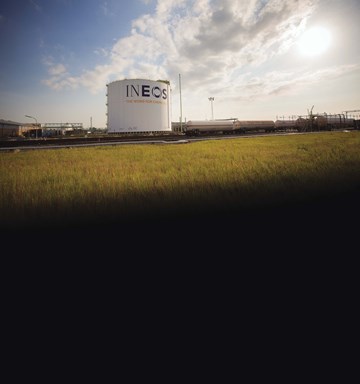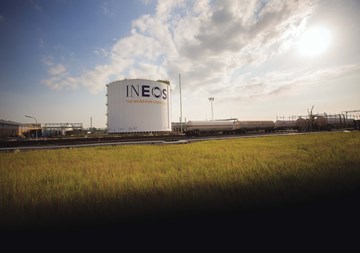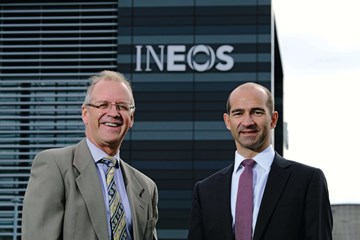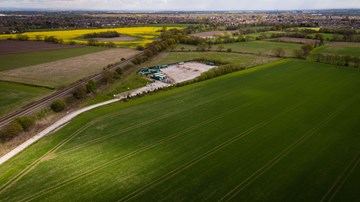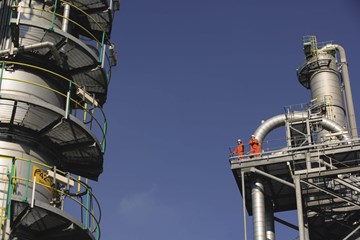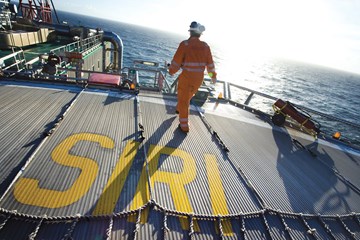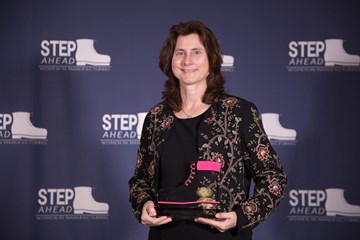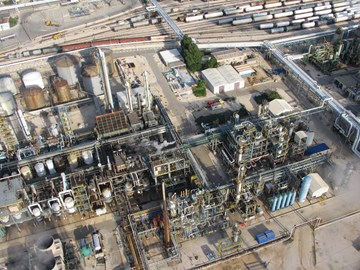A FORWARD-THINKING community helped to convince a fast-growing, dynamic American business to invest millions in a new manufacturing plant in their city.
When they heard that WL Plastics wanted to open a new factory to make polyethylene pipes for the use in support of infrastructure (water, conduit, sewer, drainage) and the US shale gas industry, they embraced the company’s plans and helped to fast track the project.
As the community lined up to back the development, community leaders and politicians came up with a $2.9 million package of incentives to entice the company to build its new factory in Statesboro in Georgia, USA.
The Development Authority of Bulloch County, the county and the state promised to donate 31 acres of land for the factory for free and build a railway spur to the site of the proposed new plant.
In return, they asked for, among other things, the creation of 50 well-paid jobs for people who would eventually work at the plant, as well as a commitment to spend money on local goods and services needed to make WL’s products.
The incentives worked. The factory was built and production began in January this year.
“This has been a real win-win for all,” said Dennis Seith, CEO of INEOS O&P USA which acquired WL Plastics late last year.
WL Plastics was in the midst of building its seventh production site in Statesboro when INEOS bought 100% of the company in November.
The factory makes high density polyethylene (HDPE) pipes which are needed for infrastructure development and to move water to and from shale gas fracking sites in the US.
“This is an excellent example of the investment that follows shale and infrastructure development,” said INEOS Chairman Jim Ratcliffe who has invested millions in trying to kickstart the UK’s shale gas industry.
Pipes, which are made from HDPE, don’t leak or rust and, if properly designed and installed, don’t need maintaining for 100 years. As such, they are in demand from oil and gas producers.
At the offi cial opening ceremony of the new factory last month, Benjy Thompson, spokesman for the Development Authority of Bulloch County, praised the $13 million investment by INEOS-owned WL Plastics.
“This type of project adds diversity to an industrial base,” he said. “Instead of having one or two large employer-industries, we have a number of medium to small-sized manufacturers. And that helps the overall health of our economy.”
Dennis agreed. “I believe this is the story behind shale in creating jobs that spin off out of the development of low-cost energy. And any great society needs these kind of manufacturing jobs for its communities if it is to survive.”

